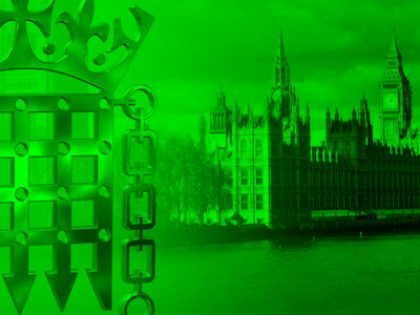Policy Study No.74 goes by the snappy title of ‘Vapescore 2016: Regulating vapour products in US cities’: “Tobacco and nicotine products exist on a continuum of harm. On one end are traditional combustible cigarettes, which do by far the most damage, and on the other are smoking-cessation products, such as pharmaceutical patches, gums and lozenges, which do little damage and aid some smokers in quitting the habit.”
The institute throws its weight behind vaping as a method of harm reduction from the off: “substantially less hazardous, not only to the user, but also to third parties.” In the States, where the public vape debate is skewed towards the hysterical and fictitious, it is refreshing to see a body enthusiastically embrace the Public Health England report.
R Street warns that despite the obvious logic to supporting vaping, presently we witness stiff regulation with the threat of it becoming greater: “the temptation to treat vapor products as equivalent to cigarettes—especially with respect to revenue-generating taxes—may grow even stronger as more smokers make the switch. According to estimates by BIS Research, a marketing strategy firm, the global e-cigarette industry will grow more than 22.36 percent from 2015 to 2025, when it is expected to be a $50 billion global industry.”
The survey ranked American cities, starting with a base score of 95 points, based on a number of factors. Firstly, whether the city imposed environmental restrictions for vape products. Secondly, what taxes are applied to vape products and how it compares with traditional cigarettes. Then the survey considered what hoops need to be negotiated to sell vapour products and if there are laws acting as disincentives to swap smoking for vaping.
Thirteen out of the 52 cities were slammed for their attitude towards vaping. Boston, for example, treats vaping like smoking across the whole city, banning it even from vape shops. Minneapolis was singled out for it’s ridiculous 95% tax rate on vape products, and it was criticized for its immature approach to policy making.
The chart shows the best to the worst, highlighting where all vapers should choose to live. The list is quite small: Albuquerque, Colorado Springs, Mesa, Denver, Phoenix, Tucson and Virginia Beach – with the last one being the only location to score an A+.
The authors warn: “Our first Vapescore analysis reveals a rapidly developing policy area rife with misinformation and heavily motivated by a political desire to replace declining cigarette revenues.” It will be interesting to see how it changes next year.
Photo Credit:
Table: The R Street Vape Review
Dave Cross
Journalist at POTVDave is a freelance writer; with articles on music, motorbikes, football, pop-science, vaping and tobacco harm reduction in Sounds, Melody Maker, UBG, AWoL, Bike, When Saturday Comes, Vape News Magazine, and syndicated across the Johnston Press group. He was published in an anthology of “Greatest Football Writing”, but still believes this was a mistake. Dave contributes sketches to comedy shows and used to co-host a radio sketch show. He’s worked with numerous start-ups to develop content for their websites.
Join the discussion
Parliament Fears Two
The Department for Environment, Food and Rural Affairs faced questions from a Conservative MP and, oddly, a member of the Department for Environment, Food and Rural Affairs
Harm Reduction For The Rich
The United Kingdom risks becoming a harm reduction country only for the wealthy, according to Michael Landl of the World Vapers’ Alliance
Sacrificing Health For 2p Cut
Tory Government alienates vaping voters with its mission to cut tax by an unaffordable 2p to attract voters by placing a tax on vape products in the forthcoming budget
Scotland Announces Single-Use Vape Action
A ban on the sale and supply of single-use vapes in Scotland is due to come into effect on 1 April 2025, under proposed legislation published today






-listing400.jpg)




